Emptying a septic tank can be a troublesome process due to technical difficulties and unpleasant odours. Check how to make a septic drainage system to drain your septic tank.
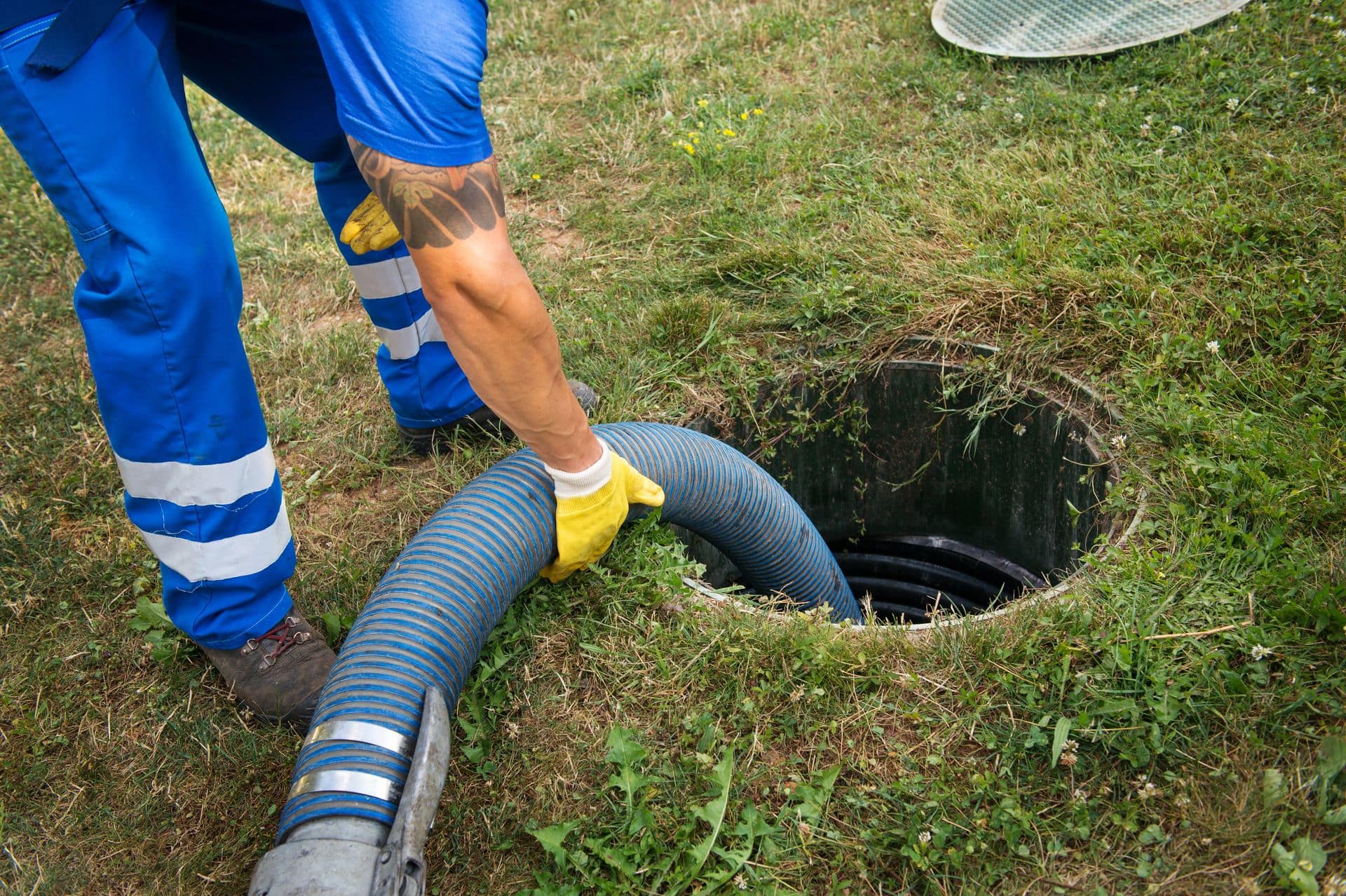
Emptying a septic tank can be a troublesome process due to technical difficulties and unpleasant odours. Check how to make a septic drainage system to drain your septic tank.
Home sewage system
The most common approach to sewage is to connect your house to the local sewage system. However, to be able to do so you should live in a location where this is possible. You are required by law to dispose of foul water in a safe and correct way.
Connecting domestic sewage to the sewage system is a necessary legal requirement in most cases, and you are obliged to pay sewage disposal fees, which are calculated based on the amount of water used. Therefore, if you use a lot of water for watering flowers, it would be a good idea to install a separate water meter for water used in the garden.
Another way to dispose of sewage is to build your own sewage treatment system. This requires quite a hefty investment, but the savings incurred later on will give you a good return on investment. With a home sewage treatment system you will not have to connect to the local sewage system and pay for sewage disposal. One such method of sewage disposal is the construction of a septic tank.
Is making a septic drainage system a good idea?
In the case of a drainless septic tank on your property, you must take into account the necessity to empty it regularly. You will have to pay for such a service, and a statistical family of four can generate up to 10 square metres of sewage in two weeks. Accumulation of excess sewage in a septic tank without a drainage system may also lead to the occurrence of unpleasant odours.
A septic drainage system is therefore a good idea, as it lets empty the septic tank on an ongoing basis, without any additional intervention. If we have no other option than rely on a septic tank, you can build a drain in the form of a pipe, which will run off the premises of your property. Thanks to this solution, the septic tank will be emptied even in the absence of household members, and the company providing septic tank emptying will not have to drive onto your premises.
Types of septic tanks
If you are thinking about building a septic drainage system, you should start off by getting to know the types of septic tanks. The most popular type used to be tanks made using concrete tubes. And although they you will still come across them in many places, they are now very rarely built. Concrete tubes are placed in a sufficiently deep trench and then sealed at the joints. The construction is finished off by making the base of the tank. A disadvantage of this type of construction is that after a few years the joints tend to lose their tightness.
The second type are concrete tanks build on-site. This type of structure is very popular due to the fact that each project design is made according to the individual needs of the client. This concerns both the size and shape of the tank. Another advantage is that heavy construction equipment is not necessary during construction. As for the tightness, in this case it depends on the quality of the concrete. Concrete with reduced water absorption will therefore work best.
Another option are prefabricated concrete tanks. An advantage of this type is the simple construction process, as well as the relatively low price. All you have to do is lower the tank into the trench. Properly impregnated, it should serve for many years. The only downside is that a crane is needed to lower the tank into the trench.
The last type are prefabricated plastic tanks. If you decide to use a septic tank based on this solution then you have a wide range of options. Laminate tanks are available in a variety of shapes and sizes, and they are very light, so heavy equipment is not needed for installation. The biggest advantage of such tanks is their high level of tightness. They are also resistant to most chemicals found in wastewater.
As for the disadvantages, prefabricated plastic tanks are more prone to mechanical damage, e.g. during assembly. It is also not recommended to use them in areas with a high groundwater level. Empty tanks can even be flushed out of the ground by excess groundwater. While this can be prevented by anchoring the septic tank in the above case, it will not be possible in the case of wetlands or clayey areas, where a concrete tank will be better. Due to its heavy weight, it will definitely not be flushed out.
A sewage treatment infiltration system
One way to dispose of sewage from your home is to build a sewage treatment system with infiltration drainage. An basic element of this type of structure is a three-chamber sedimentation tank for sewage filtration. The tank in this case combines the functions of a fat separator and a septic tank, which means that pre-treated sewage goes to the drainage system, where a second filtration process takes place.
These type of solution is extremely popular not only because of its reliability and performance. Treatment plants with infiltration drainage are also a highly ecological solution, since wastewater discharged into the ground is completely safe for the environment. Advantages also include the simple structure and low operating costs. The downside is that in order to take advantage of the benefits of such an installation, you will need around 40 square metres of space. For this reason, it is more recommended for larger gardens.
A biological sewage treatment system
Another solution when it comes to the disposal of sewage is a biological treatment system. The tank included in such an installation is filled with a constantly aerated biological deposit. The filter material is usually ceramic gravel, stones, volcanic rocks or, for example, polyethylene mesh. The way it works is that the sewage partially treated in the septic tank flows into a silt trap,
The oxygen decomposition processes of pollutants takes place in the tank. On the surface of the sewage, a biological membrane of bacteria is formed, which feed on compounds contained in the sewage. Over time, the film thickens and is discharged into a secondary settling tank. Then it again goes to the primary settling tank, mixing with the current sewage. In the next stage, it is discharged from the tank. The sewage purified by bacteria is therefore clean enough not to endanger the environment.
The process of building a septic drainage system
How to build a septic drainage system? The first task will be to purchase drainage pipe, preferably with a diameter of about 110 mm. Then make a hole in the septic tank with the same diameter as the pipe (i.e. 110 mm in our case). The next step will be to dig a trench 50-100 metres long, but about 30 cm deep below the opening in the tank.
Line the bottom of the trench with aggregate, wrap the drainage pipe with geotextile and insert it into the trench. Here it is extremely important that the level of the pipe is not higher than that of the opening along its entire length. Slight drops in height are strongly recommended. Cover the pipe laid in this way with a layer of aggregate, roll out the geotextile roll and cover it with soil.
How to make a septic drainage system – summary
If you are wondering how to make a septic drainage system, first consider whether you really need it. If you have access to a sewage network, then it would probably be easier just to connect your household to it, and you will not have to worry about sewage any more. The only downside to this solution are the monthly bills.
However, if for some reason you need to have a septic tank, it is worth considering the possibility of building one of the types of sewage treatment systems or going for a sewage drainage system consisting of a drainage pipe transferring the sewage outside the premises of your property. This will allow the septic tank emptying company easy access to the sewage, without having to drive onto your premises.

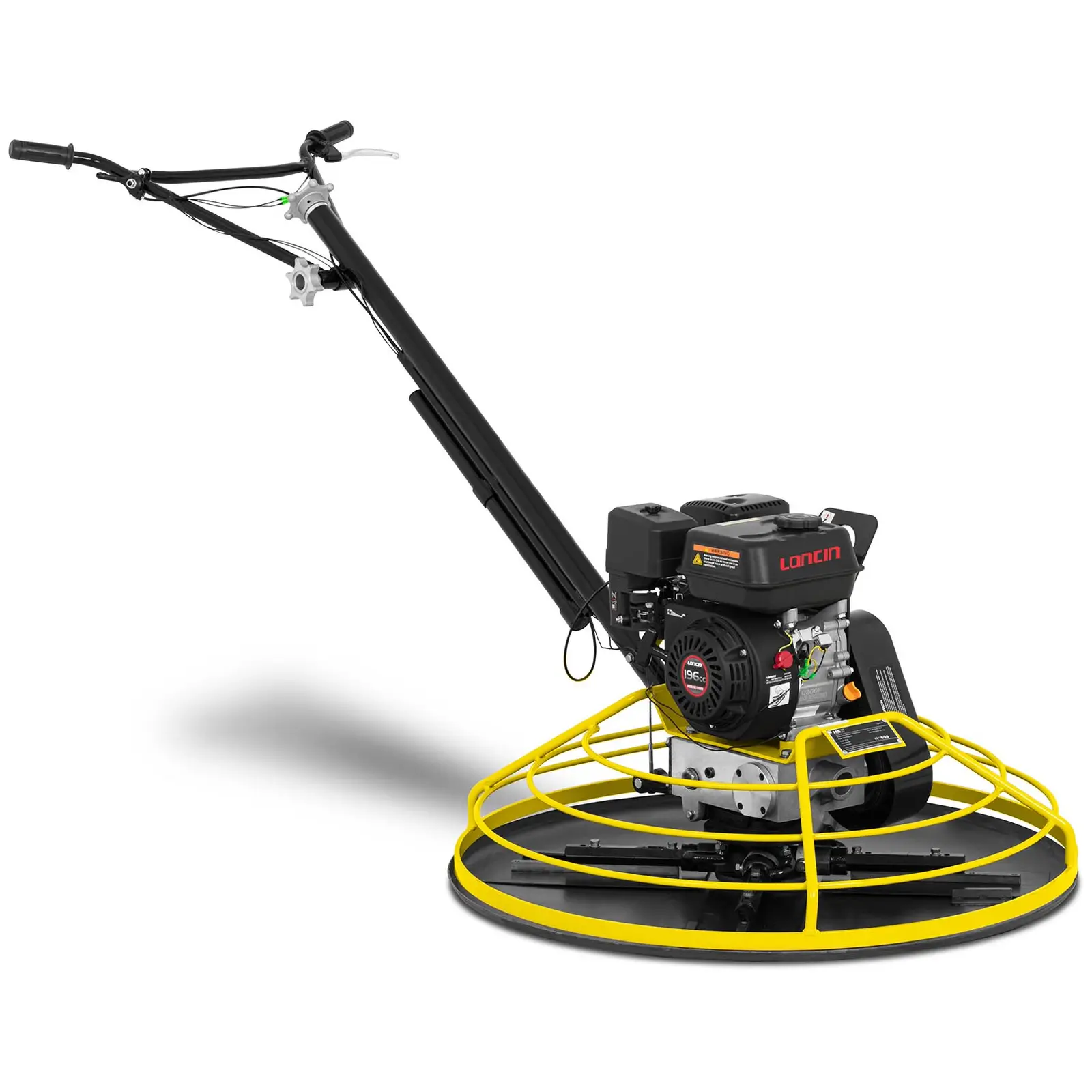
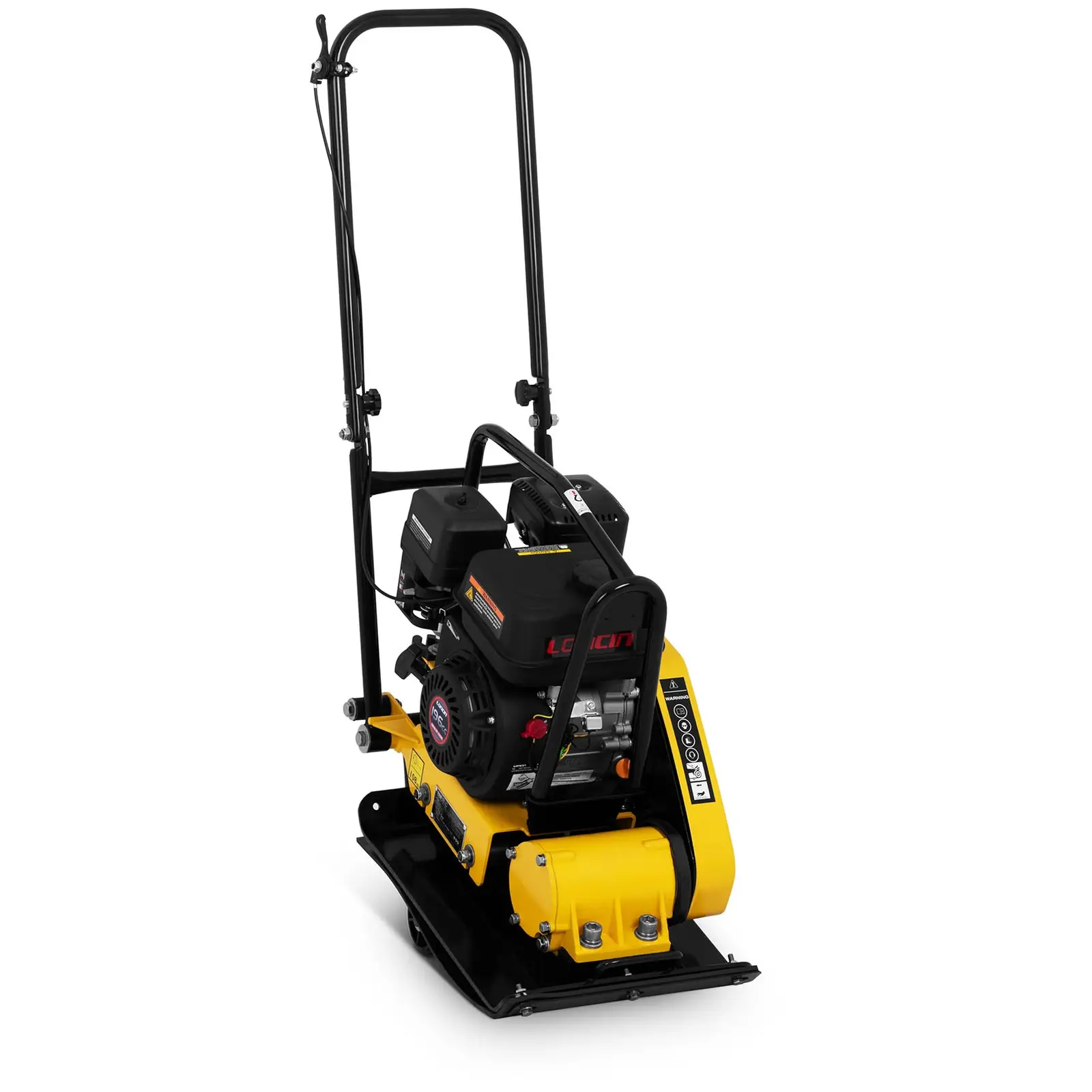
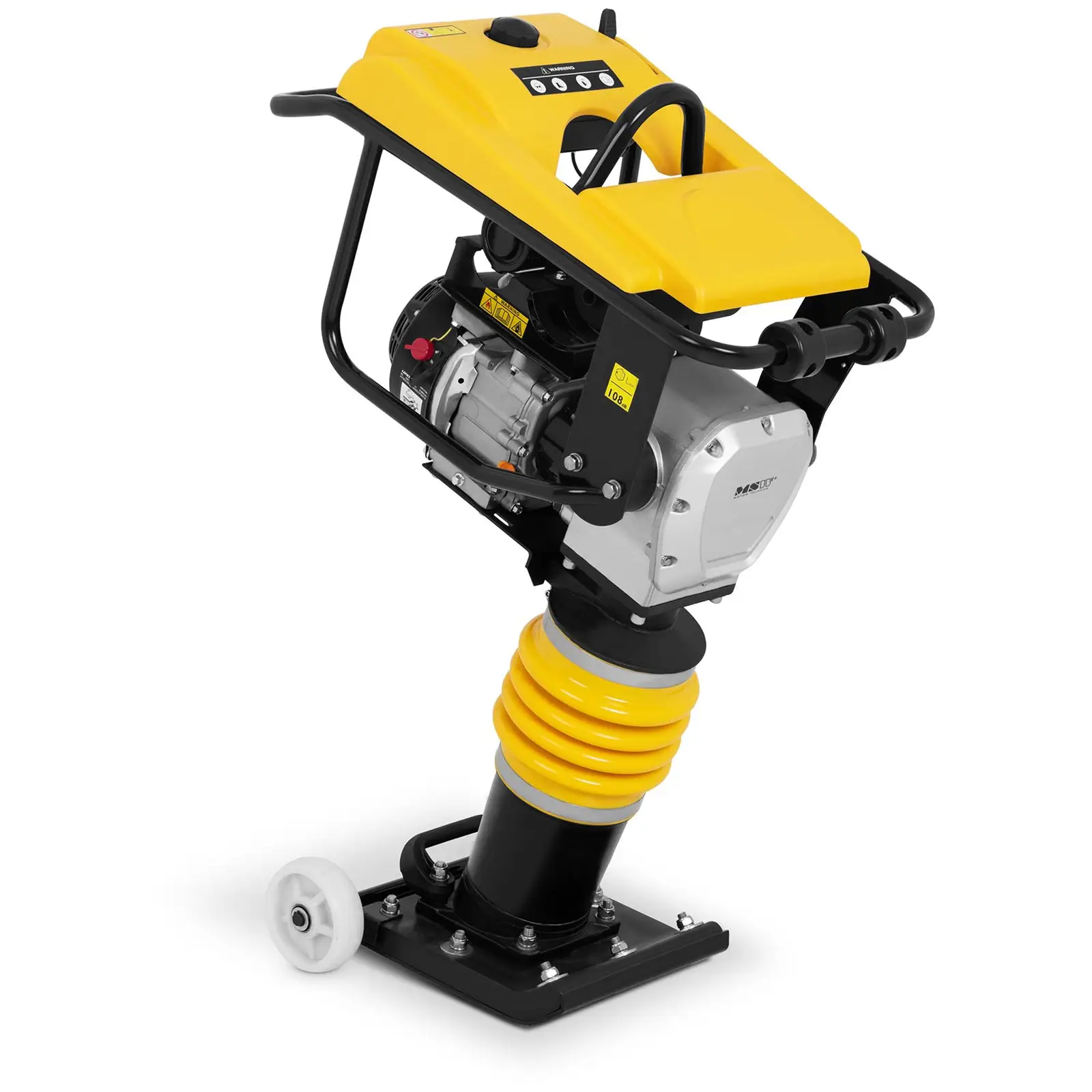
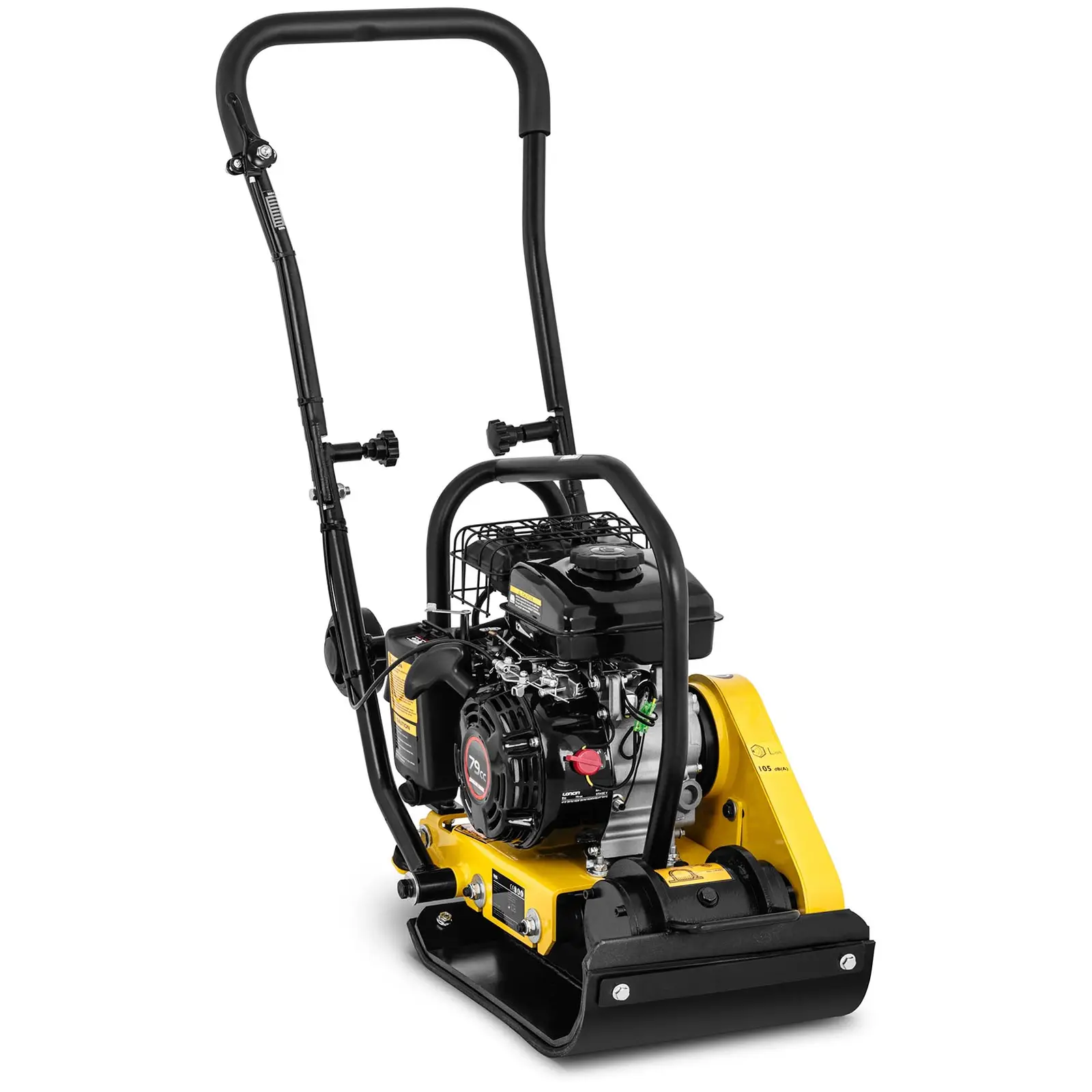
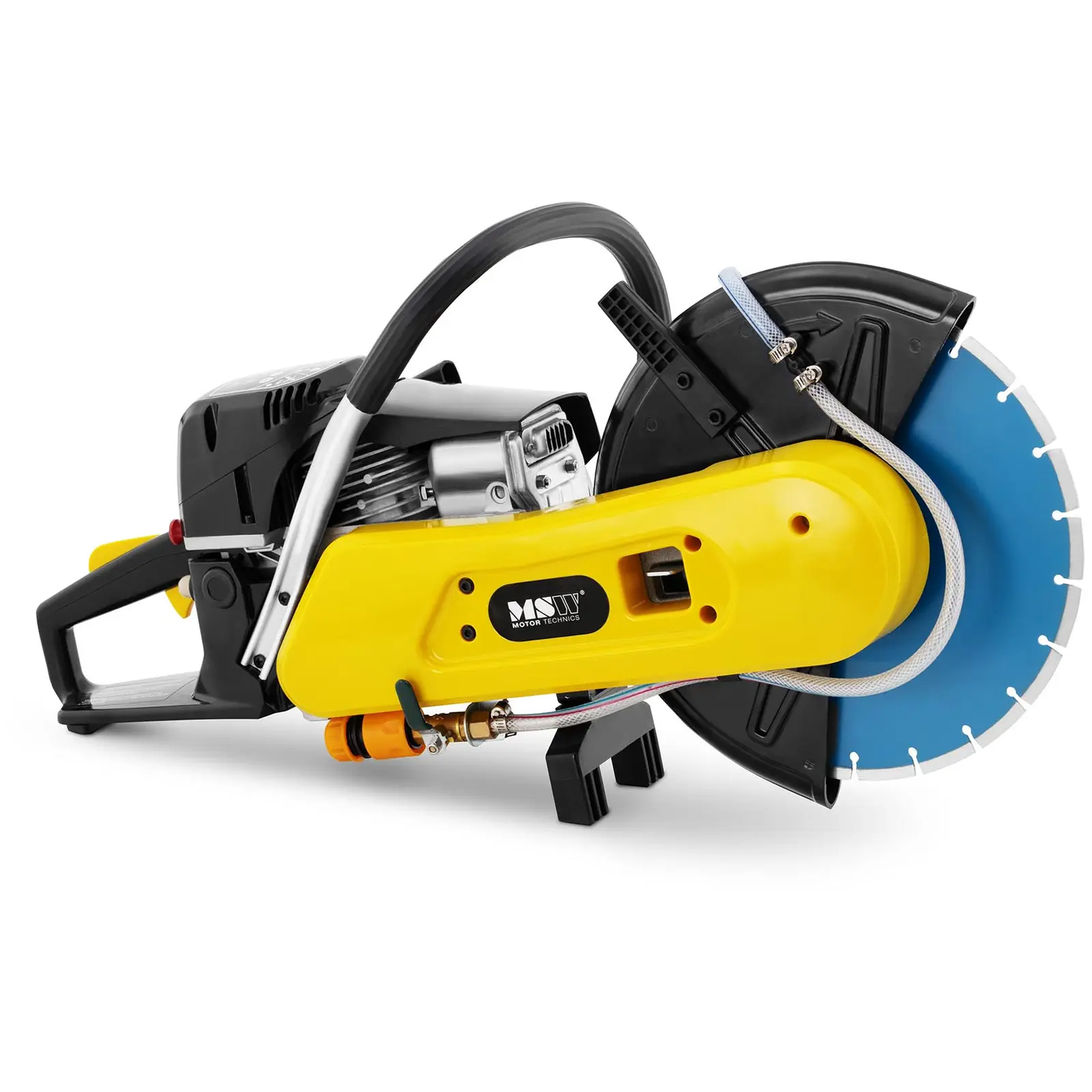
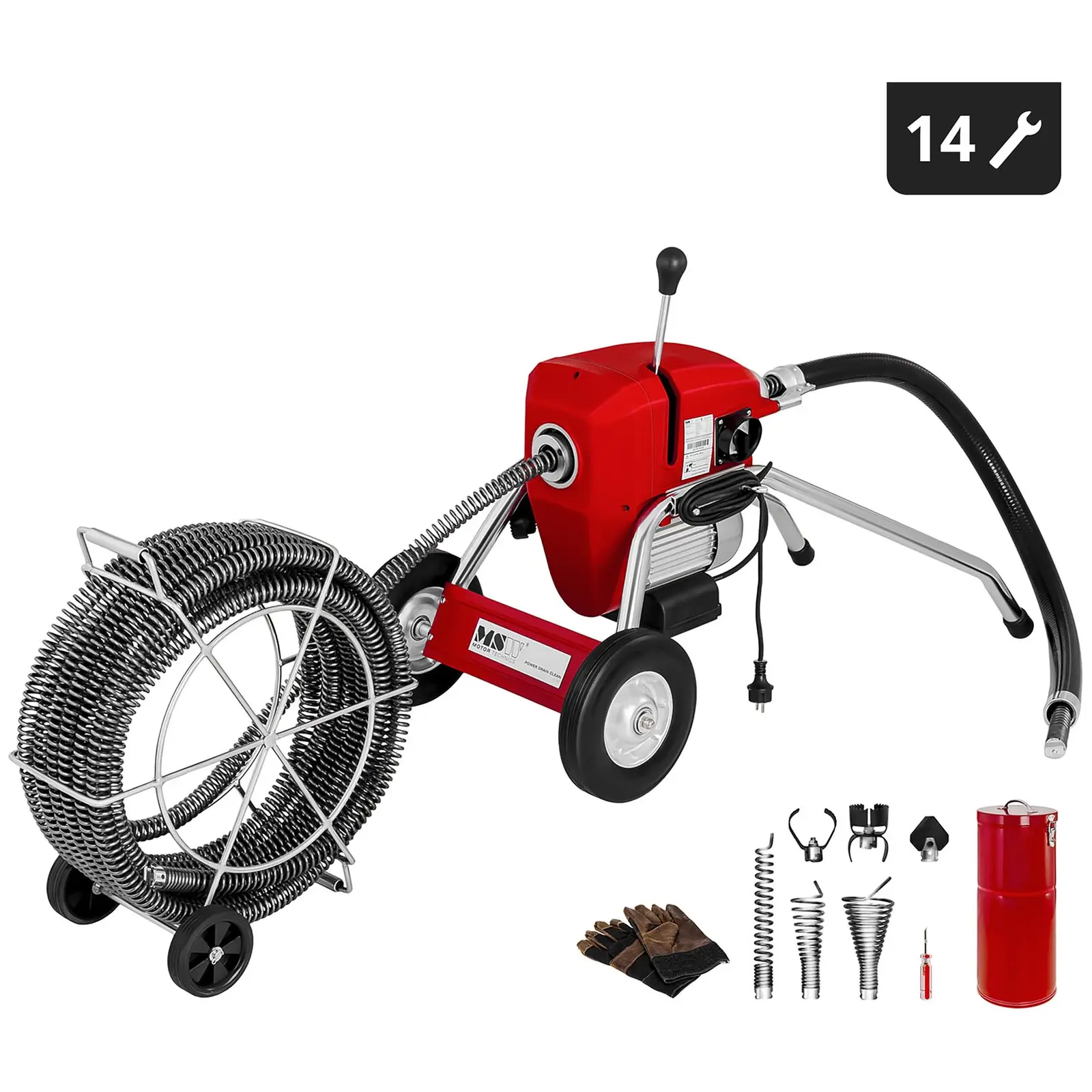
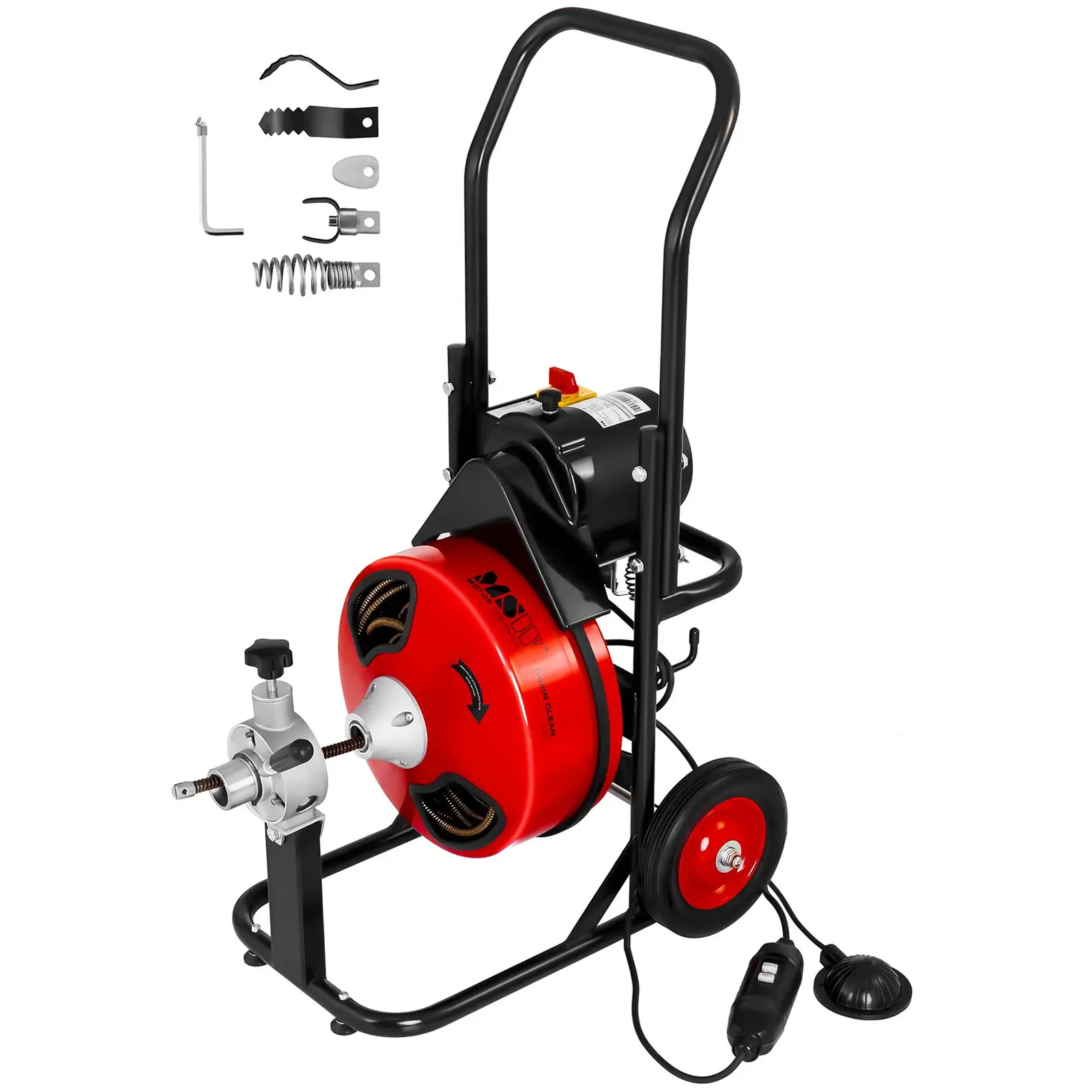





Share